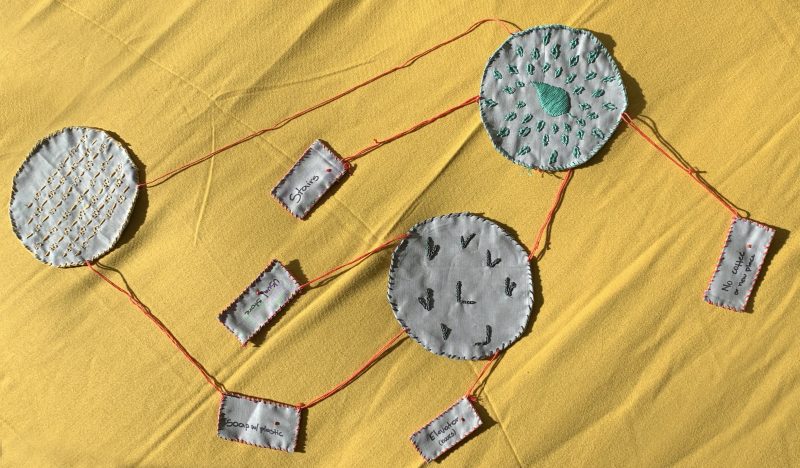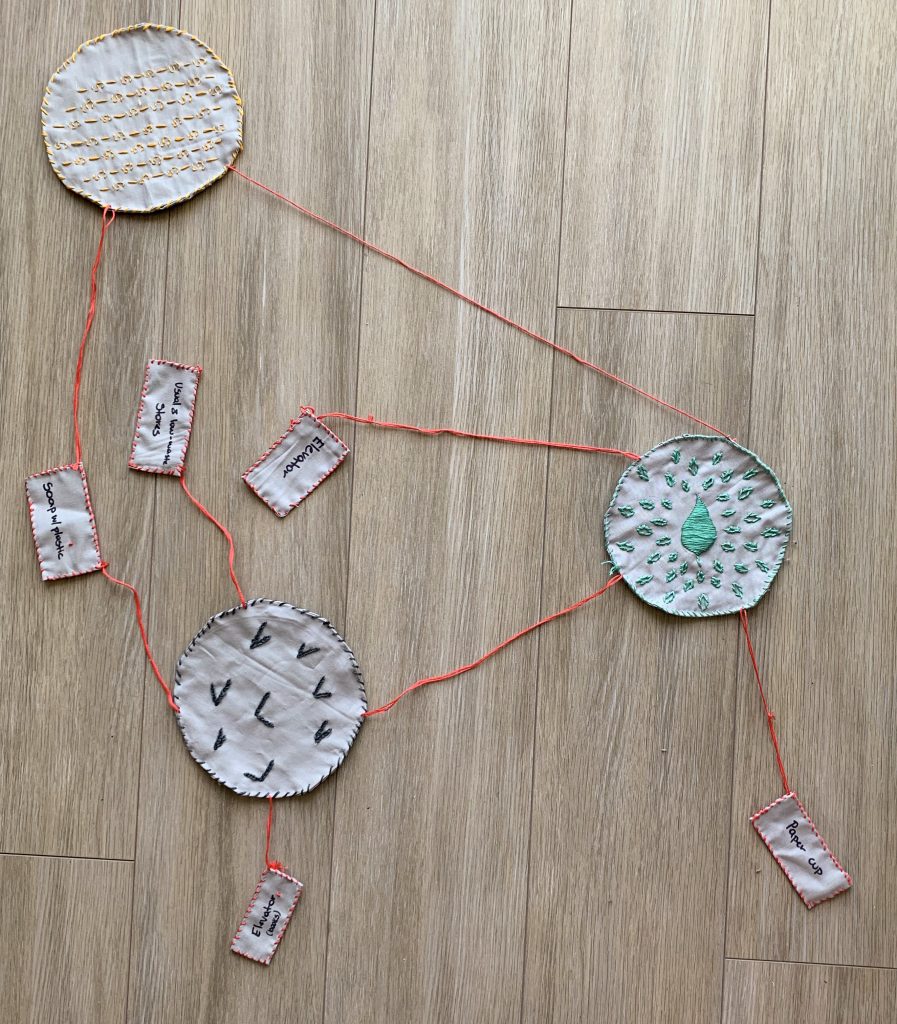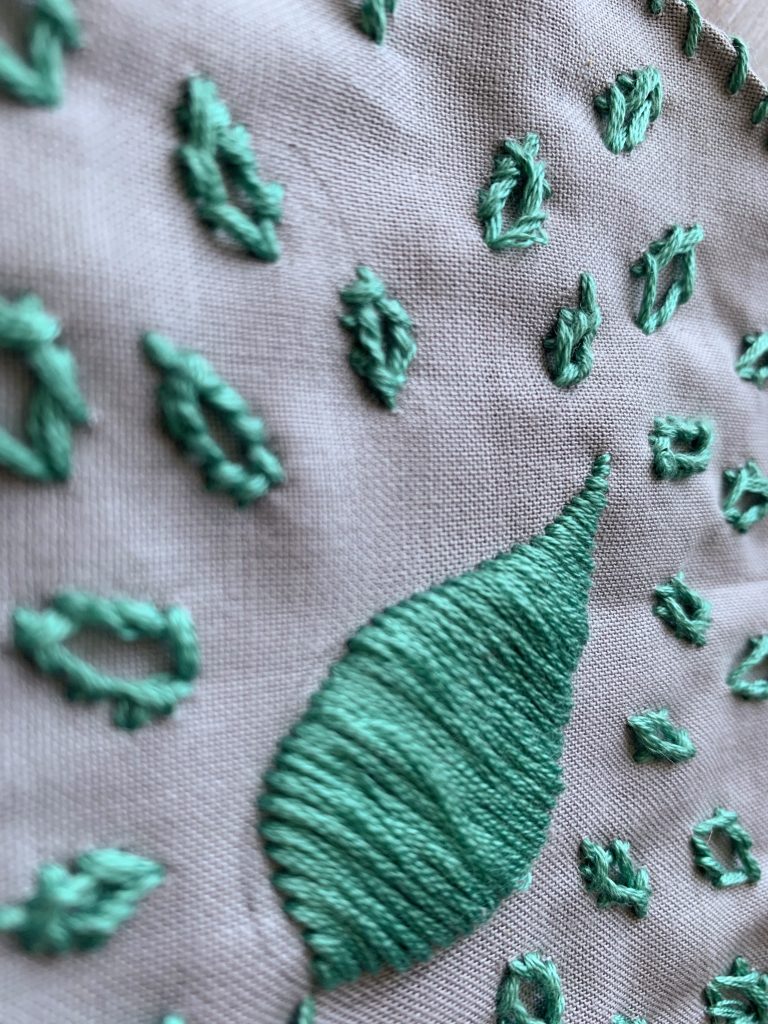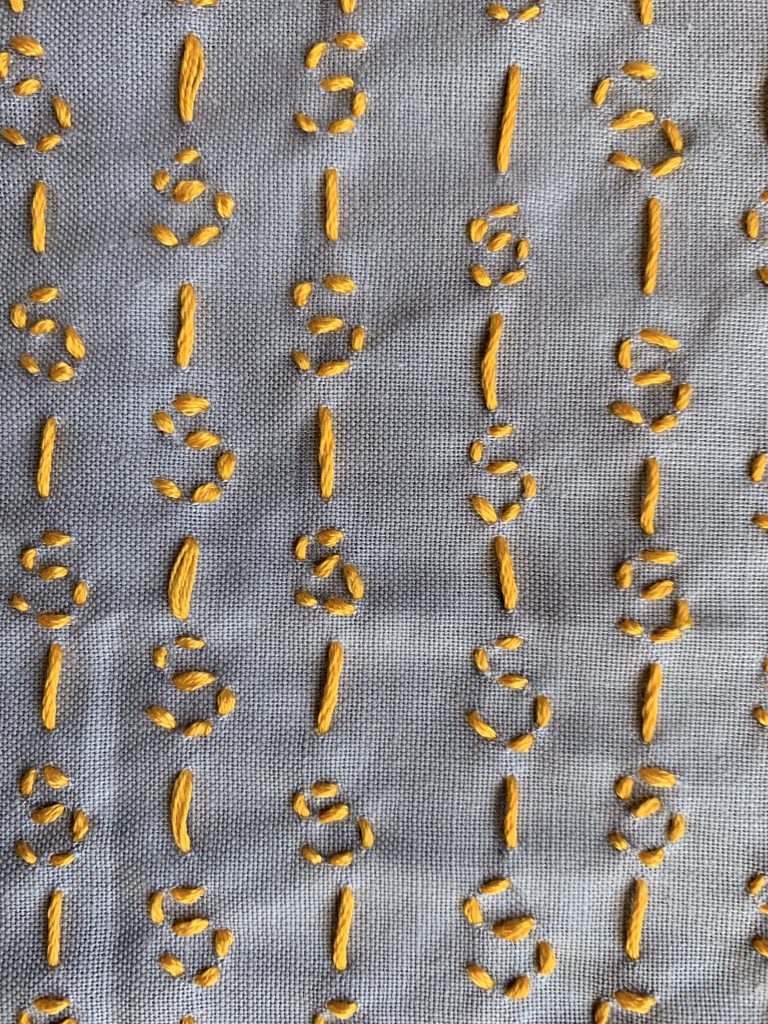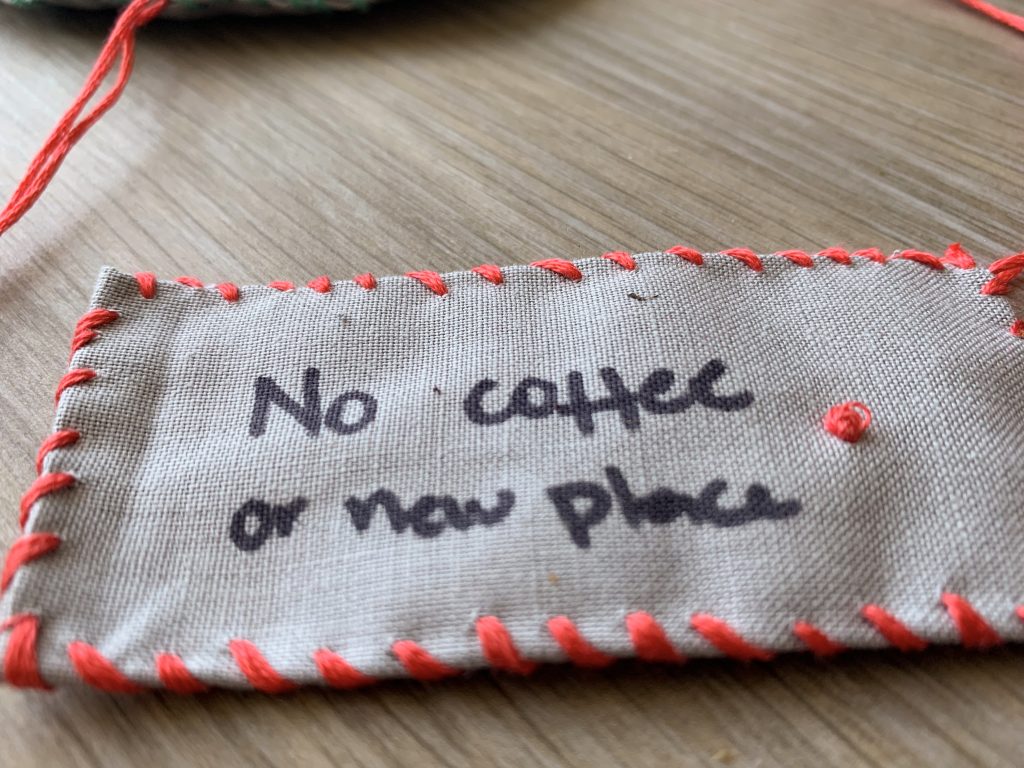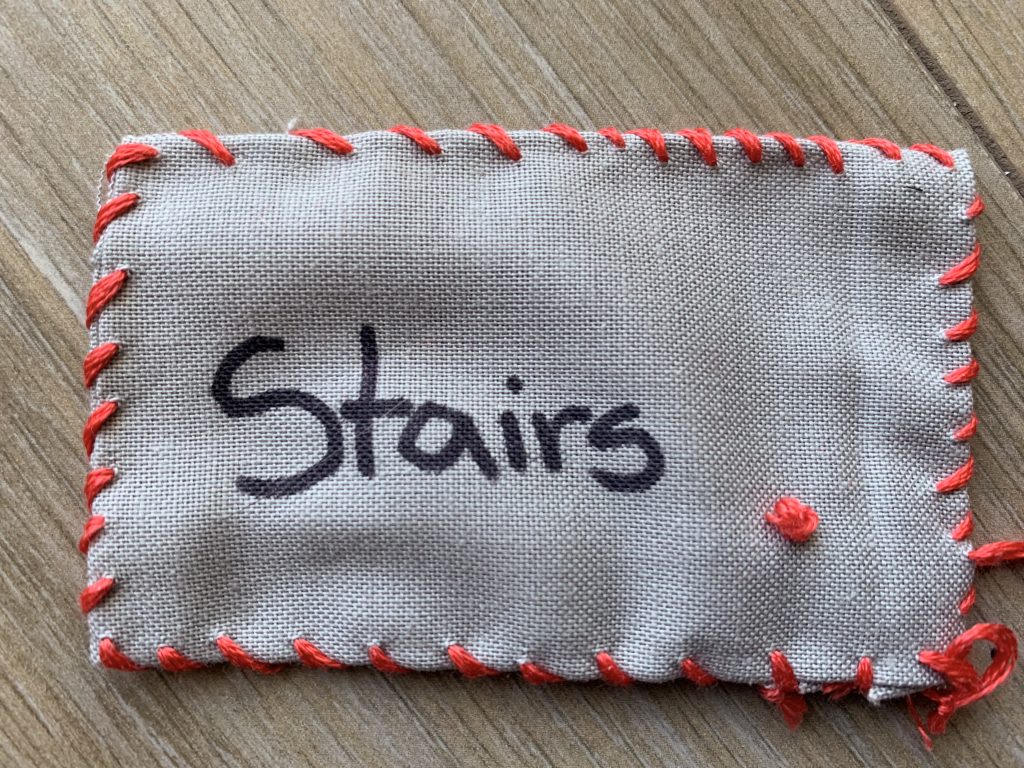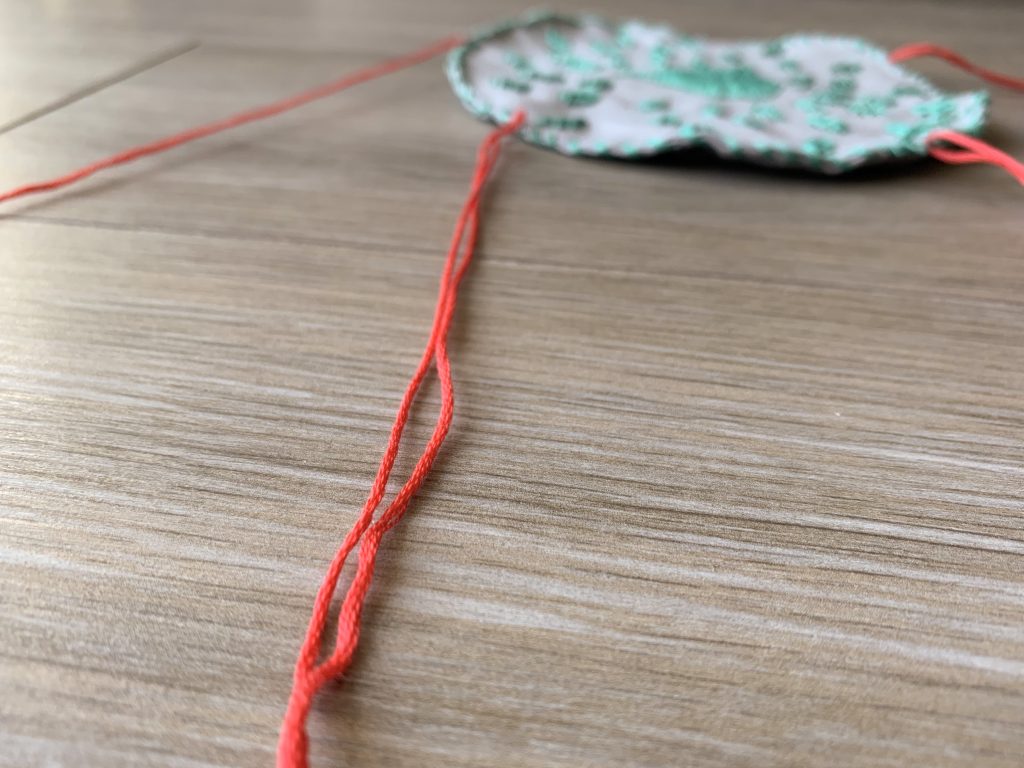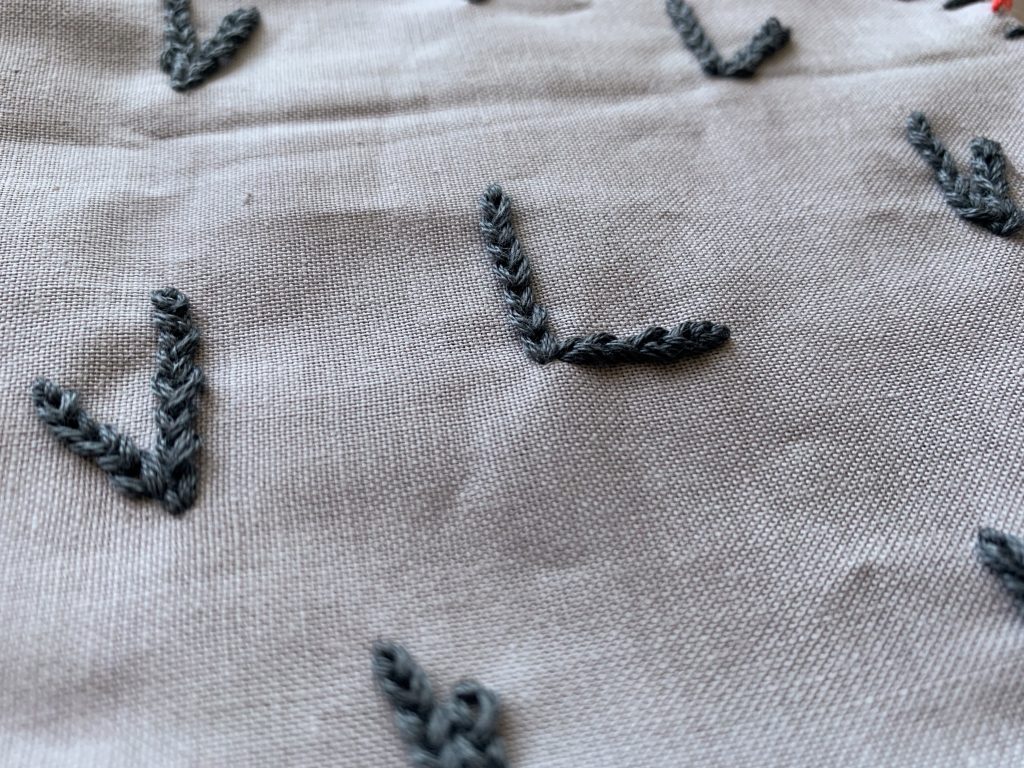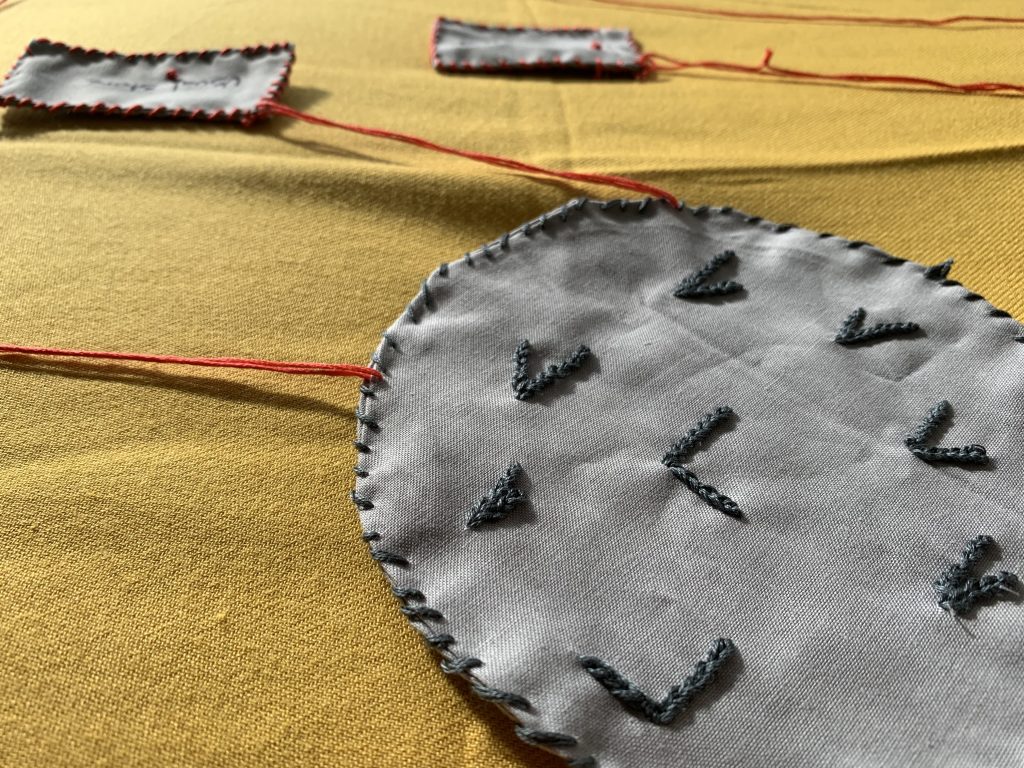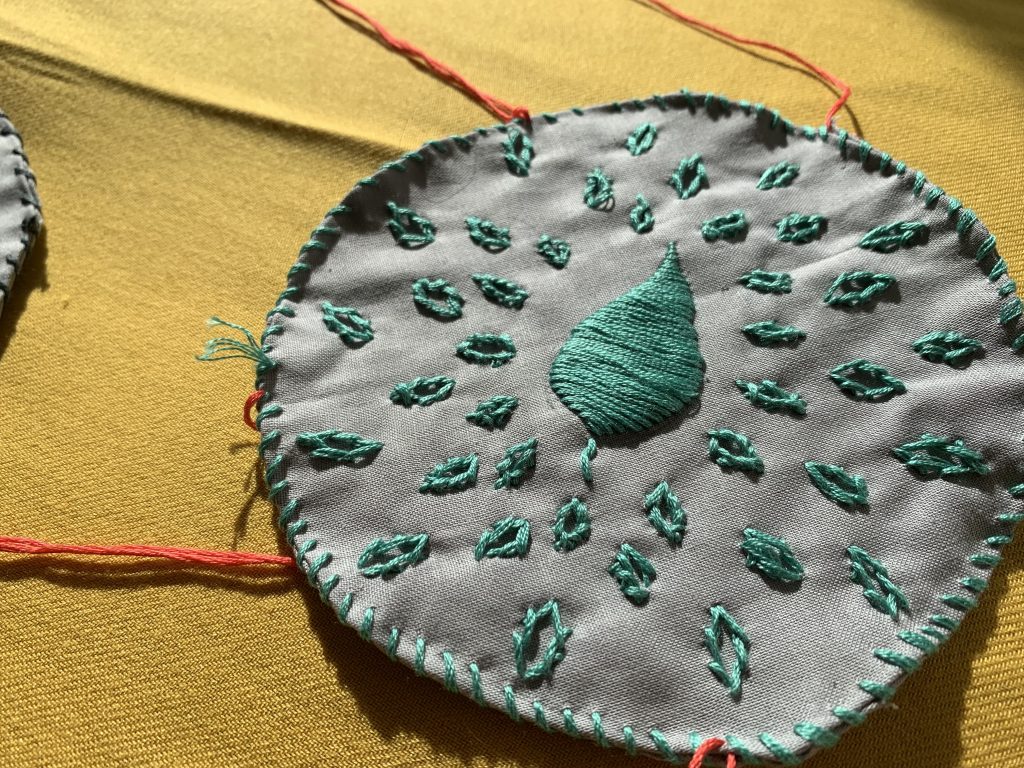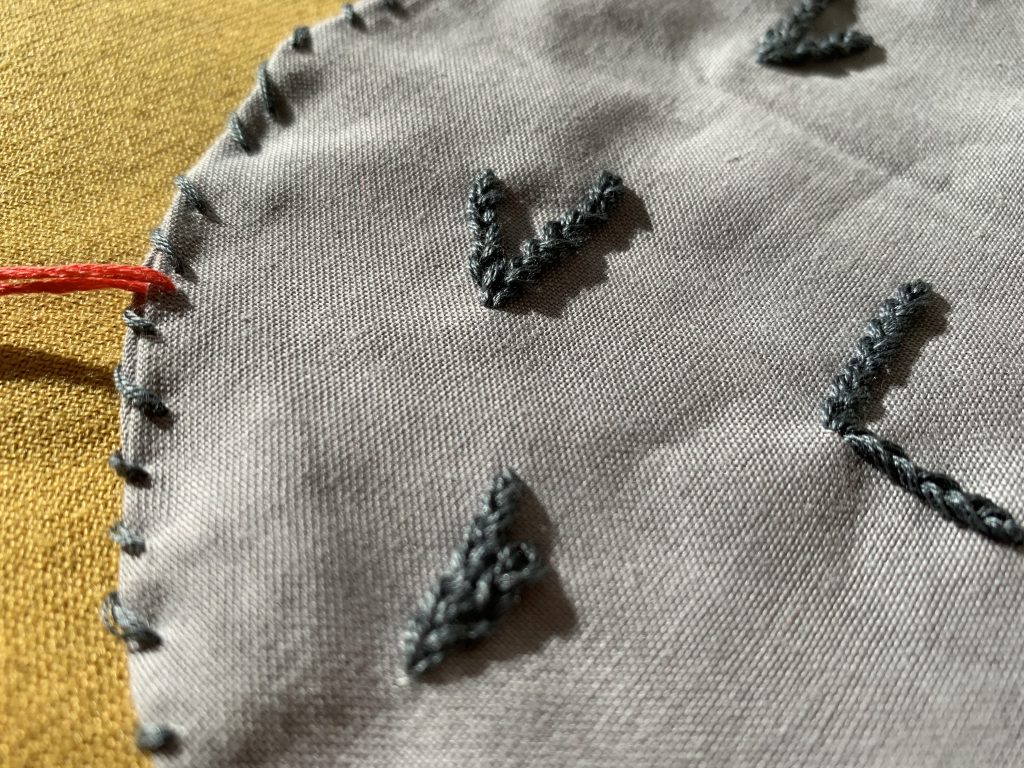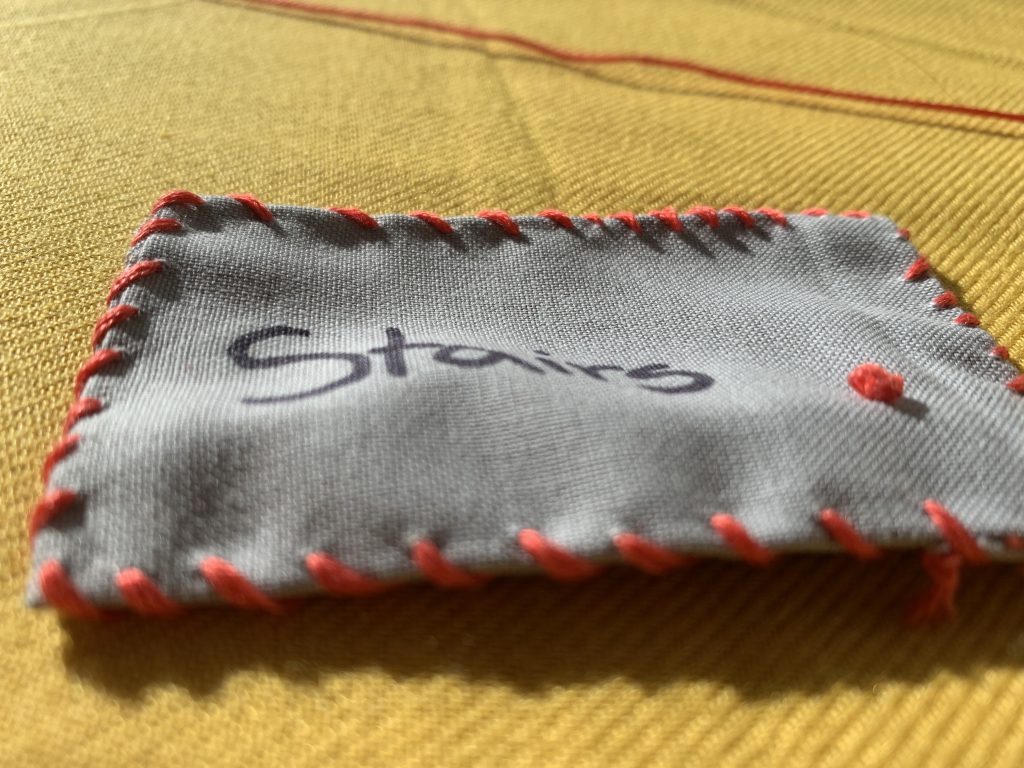Action III | Mapping Myself
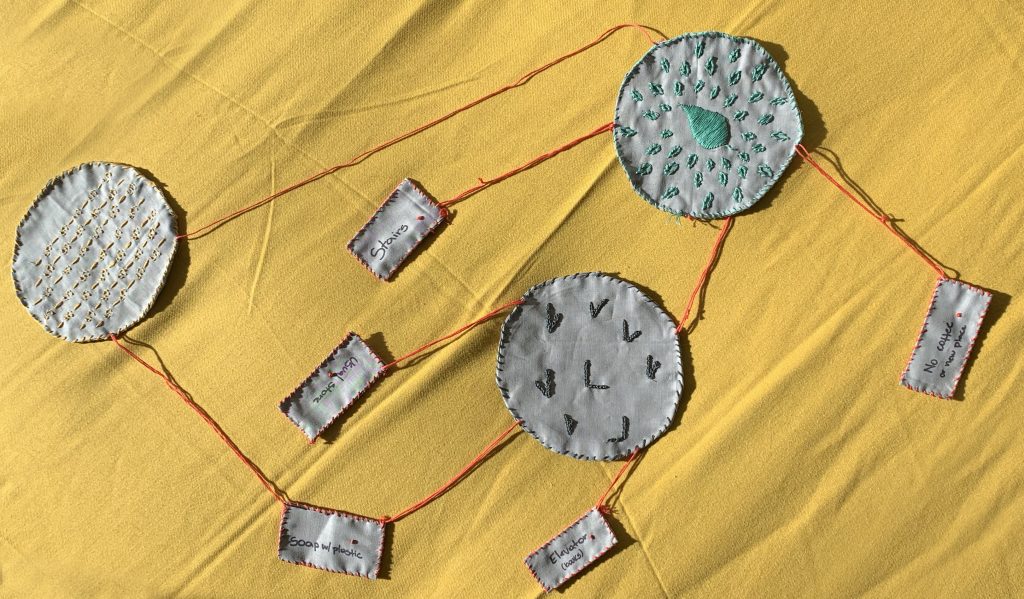
For this action, I decided to pay attention to the choices I make relating to my consumption habits and sustainability.
Specifically, I attempted to map out instances of cognitive dissonance that related to these themes. For the purposes of this project, I focused on my personal choices. Therefore, I did not look at general group cognitive dissonance, nor did I want to use this project to educate on personal choices regarding concerns with sustainability. These moments of choice and dissonance occurred only when I already had some information about the consequences of my actions, this is to say that I did not look for new climate information every single time I needed to make a choice.
Cognitive dissonance happens when a person has a behaviour that conflicts with a value/belief they have. There are three ways one can resolve cognitive dissonance:
- Adding a new value/belief;
- Rearranging your previous values/belief;
- Change existing value/belief.
After paying attention to some of my choices, I saw that some of these choices relate to capital and time/convenience/productivity versus sustainability.
To represent my map and observations, I decided to use thread and embroidery. The three circles represent the values/beliefs of capital, time/convenience/productivity, and sustainability. There are also rectangles with the choices I was faced with, with their options on either side and a French knot representing which one I chose. These are connected by a red thread to the belief/value they relate to the most. Quite literally the thread was used to represent my tying and building of my values and beliefs.
After discussion of this project, there are more spheres of influence that can continue to be added (these values are in no way trying to be exhaustive). The main one is one of community and its influences on us.
The stem stitch in the sustainability sphere has a direct connection to nature and the environment, and the chain stitch represents how we are tied and chained to time and productivity.
The methods used in this project were observation, auto-ethnography, and material practice.
